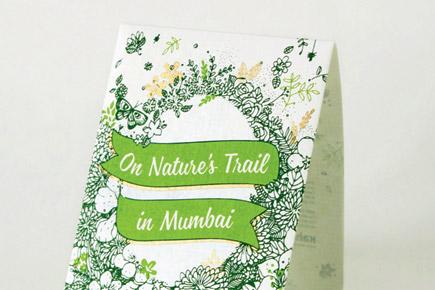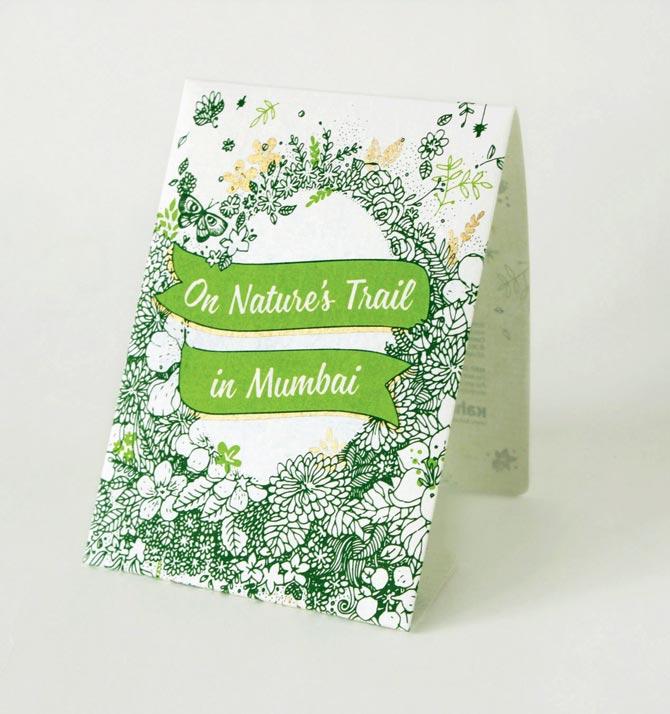A new map by a city-based designer is set to rekindle our love for nature in a city that is running out of open spaces


Did you know that Sagar Upvan, an award-winning park near Colaba Bus Depot which boasts of nearly 2,000 daily visitors, is a perfect hotspot for tree lovers? "This little oasis is known as a space frequented by morning walkers and secret lovers," says graphic designer Ruchita Madhok, "but, if you observe closely, the trees have name tags and it has been planned as a botanical garden. You can learn a lot about trees by visiting this park."
Madhok, who is the principal designer of a firm called Kahani Designworks, is the brain behind On Nature’s Trail in Mumbai, a handy foldable map that lists 18 spots in the city where Mumbaikars can nurture their love for nature. The map is a sequel to a former publication that the design firm brought out, called Building Bombay, in which the rich architecture of south Mumbai was celebrated. "People told us that there is a lot spoken about our architectural heritage and museums, but what about our natural heritage?" says Madhok, 32.

Ruchita Madhok
The map, printed on unbleached, handmade A3 paper made of cotton and textile waste, is a response to that question. It opens with a map of Mumbai - part fantasy and part real - surrounded by green and gold illustrations of flora and fauna. If you thought the botanicals and animals were random, you’d be mistaken. An illustration of the flowers of the Queen’s Crape Myrtle or the jarul appears, just like they do in the real geographical location. The jarul, indicates Madhok, is the state flower of Maharashtra, a reason why south Mumbai and the Raj Bhavan area boast of this tree. Hibiscuses blossom near Prabhadevi, home to the Siddhivinayak temple, while flamingoes roost near Sewri, on this map.
Some locations marked on the map also include the Dadar Flower Market, Elephanta Caves, Jogger’s Park in Bandra and Ovalekar Wadi Butterfly Garden in Thane. Madhok hopes that the map will be used as a starting point to engage with nature hubs in the city and is not meant to be an end in itself. "The map is not meant just for tourists and travellers, but for Mumbaikars. Most of these spots have family friendly activities, some even extending up to a day," she says, adding, "Nature is part of our urban experience and our visual landscape, not separate from it. We have to move away from a nature-versus-development discussion."
The map is also an attempt to instil a local flavour to the experience of nature in Mumbai. Whether it’s the stained glass or the pillars of CST, which bear the stamp of the biodiversity of the Western Ghats by way of sculptures and friezes, or Dadar Flower Market, where one can have "smell memories" of flowers such as genda and rajnigandha, the map is a tribute to Mumbai’s unique association with nature. "I would greatly recommend a trip to Ovalekar Wadi to watch butterflies dry their wings as the sun rises. The garden’s founders will tell you that you can’t capture butterflies, you have to attract them with the right conditions and the right plants," says Madhok.
The map, priced at Rs 300, is currently available at the Dr Bhau Daji Lad Museum in Byculla, and design store Filter, besides Chhatrapati Shivaji Maharaj Vastu Sangrahalaya in Kala Ghoda.
 Subscribe today by clicking the link and stay updated with the latest news!" Click here!
Subscribe today by clicking the link and stay updated with the latest news!" Click here!









